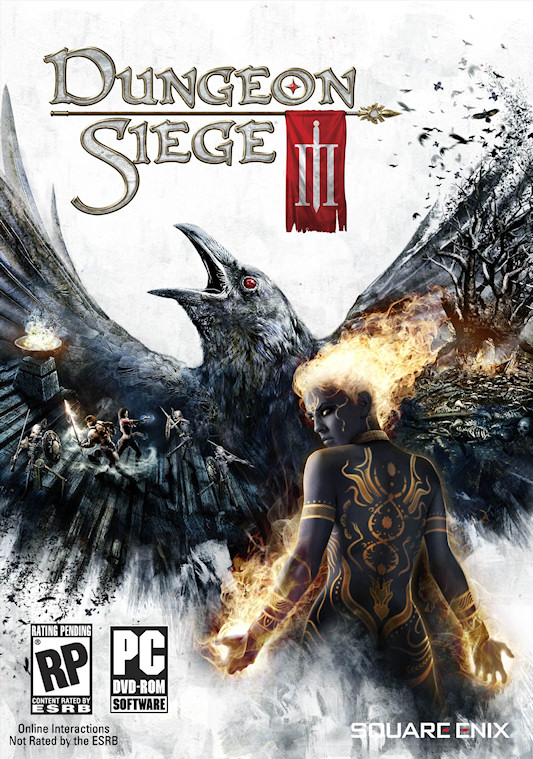Dungeon Siege III Interview
-
Category: InterviewsHits: 19009

Article Index
Page 2 of 5
GB: In your opinion, what makes the Onyx engine perfect for a game like Dungeon Siege III? What are the strengths of the Onyx engine? Rich: The reason we decided to make our own technology was because RPGs are a different beast than a lot of different types of games. There's a lot of data, a lot of class abilities, creature and loot tables, and things like that. And we really wanted make an engine that catered well to that - something that let our designers do a lot of the work without having to wait in line for a programmer to have time to add or modify this or that. The designer can just go in there and manipulate it.
An example of something that we have in place in the engine is class abilities that each of the classes have access to. [Our designers] can open up a tool that lets them attach visual effects at different points in a timeline, or produce damage here or there. This attack should hit three enemies. This one shoots three projectiles. They just toggle a flag - all that stuff is right there in the tool for them.
As soon as they want to do something that isn't in there yet, we're just like, "Oh, okay; well let's work on getting support into the engine for that." And they can tweak and tune and adjust those things working with the animators and the visual effects artists. So it really catered well to the type of game we were making.
We also have things like our dialogue editor, which is perfect for the type of dialogues we write. It shows the dialogue tree, and because we always have these branching dialogues in an Obsidian title where the player can make so many different choices, having editors that cater specifically to that is the kind of thing we were looking for.
So those are a lot of the advantages of working on it. It's a lot of data-driven systems that let designers iterate quickly. And systems like quest and missions and the dialogue system all cater very well to Dungeon Siege III.
GB: Is the internal toolset that you're referencing similar to the Neverwinter Nights 2 toolset?
Rich: I think you would find some similarities with it, but it's our own toolset. They modeled some of the controls off of the XSI 3D art package. In the Neverwinter toolset, the mouse controls essentially move around and zoom in. You wouldn't sit down and control the toolset exactly like Neverwinter's. But once you learn the control scheme for [the Onyx engine toolset], well then it becomes just as natural. But you'd see a lot of the same things.
We can open up a conversation editor, and we made some improvements on the older dialogue editors that we used to use that really made it easy to work on this. You can get a "big picture" view of the dialogue and literally see it as a tree and all of the little nodes going across it. It caters very well to working on those for us.
GB: Any chance of releasing the toolset to the public?
Rich: Not for Dungeon Siege III. Well, who knows what's down the line.
GB: Even if you don't, will you support modding in any capacity? Even without a toolset, people will always find a way to modify the game.
Rich: We're just not set up to support them for it on this one. We're certainly not going to discourage it - anything people can do is awesome.
GB: How would you compare the scope of this game to that of the first two Dungeon Siege titles? Is it larger, is it longer, is it more cohesive - what should people expect from this game?
Rich: Story is something that we really focused on. We want the game to have an antagonist. We want the player to encounter characters and build relationships with them, do favors for them, get upset with them. We really wanted to emphasize that side of it.
If you've played some of our other titles like KotOR II, you'll find a lot of those same types of elements in the world of Ehb this time. The branching dialogue paths, optional side quests, and things like that. Players will be exposed to a very cohesive narrative from start to finish.
We were very careful about picking George Ziets as our creative director. We were very careful about our lead creative designer. We were very careful about making sure that everything fits together. Is this fitting the lore? Is this fitting the history? Does this work or doesn't it?
Every once in awhile, something gets in there and someone goes, "Uh oh, that's actually not supposed to be in there. It's gotta come out." We really want it to feel like a believable fantasy world within the Dungeon Siege universe.


